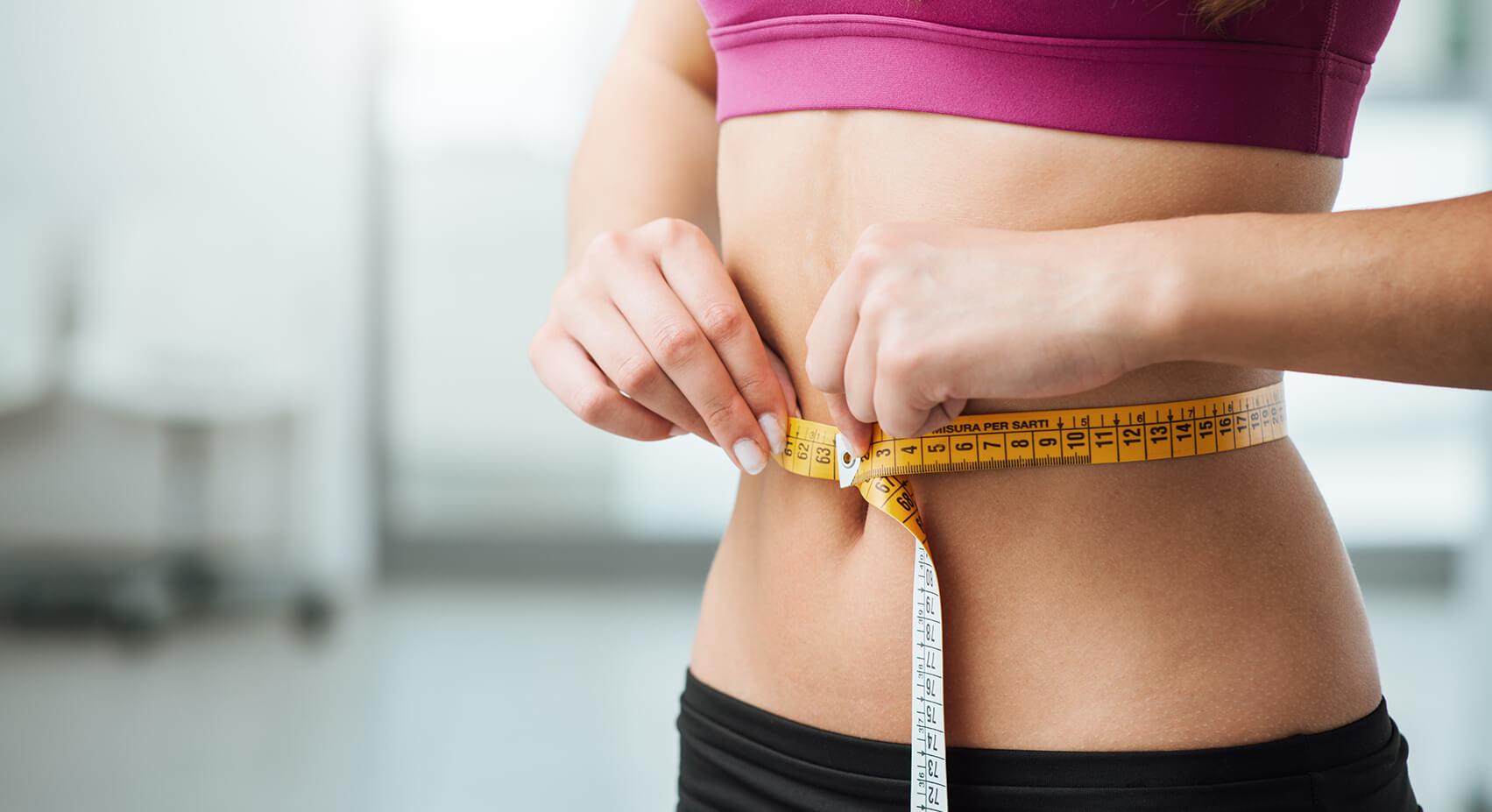Most Commonly Asked Questions
About Tummy Tucks in Denver, Colorado

The tummy tuck procedure is one of the most complex and intense plastic surgery procedures that Dr. Broadway’s Denver cosmetic surgery patients can choose to have. There is a difference between what surgeons offer when performing the abdominoplasty procedure, and when consulting with different surgeons be sure to ask yourself “do I want a good tummy tuck or a great tummy tuck? And how can I tell the difference when I consult with surgeons?”
Want to learn more?
Have questions?
Want to schedule a consultation?
Below are the top ten FAQS that Dr. Broadway and his staff receive in regard to the tummy flattening procedure, the abdominoplasty.
1. What Does a Tummy Tuck Consist Of?
The abdominoplasty procedure is a combination of three surgeries in one. It is a complex procedure, and each component should be customized to meet the patient’s specific needs. A full tummy tuck typically includes:
- Abdominal Muscle Repair – Tightening and repositioning of the abdominal muscles for a firmer midsection.
- Fat Removal – Often done via liposuction to contour the abdomen.
- Skin Removal – Eliminating excess skin to create a smoother and flatter stomach.
The approach to each of these components plays a crucial role in the outcome of the surgery. A tummy tuck is a time-intensive procedure, generally taking 4-6 hours, depending on the patient’s size and needs. If you are quoted a surgical time of less than 3 hours, it is essential to ask detailed questions about what will be included in your procedure.
2. How Long is the Recovery After a Tummy Tuck?
Dr. Broadway recommends that his Denver tummy tuck patients engage in only light activity for the first 1-2 weeks following surgery. However, recovery time can vary based on the length of the procedure and the patient’s individual pain tolerance.
- Patients should avoid complete inactivity but must refrain from strenuous activities such as lifting laundry baskets or vacuuming.
- Compliance with Dr. Broadway’s post-operative instructions can significantly improve healing and reduce recovery time.
- Light exercise may be resumed after 3-4 weeks, but intense workouts and heavy lifting should be avoided for 6-8 weeks. Listening to your body and easing back into activity is crucial.
3. What Does the Tummy Tuck Incision Look Like?
The placement and length of the incision will be discussed with Dr. Broadway during your Pre-Op appointment. Typically:
- A longer incision (hip to hip) allows for more aggressive skin removal.
- The healing process takes time, with the incision becoming less noticeable over the course of a year.
- A precise surgeon who takes their time can result in straighter, well-healed incisions.
- Ethnic background can affect the appearance and texture of the incision, making proper aftercare even more important.
4. What Can Tummy Tuck Patients Do to Help Their Incision Heal Faster?
Healing time is influenced by genetics and overall health, but patients can take steps to optimize recovery:
- Eat lean protein to support tissue repair.
- Stay hydrated and maintain good nutrition.
- Get adequate rest to aid healing.
- Stop smoking at least one month before surgery – Smoking significantly increases the risk of skin necrosis (skin death), which can compromise surgical results.
5. What is Skin Necrosis?
Skin necrosis is the death of skin tissue, usually caused by a poor blood supply. It is more common in smokers because smoking damages circulation.
- Even patients who quit smoking before surgery are at risk due to pre-existing vascular damage.
- This condition leads to wound openings and slow healing, which can widen the incision and negatively affect the final result.
- Nonsmokers have a significantly lower risk of experiencing skin necrosis.
6. Does Dr. Broadway Utilize Drains After a Tummy Tuck?
Yes, Dr. Broadway places 2-3 drains in the abdomen after surgery to:
- Reduce swelling and prevent fluid buildup.
- Assist the body’s natural drainage process, making recovery smoother.
Drain duration varies based on the extent of the procedure:
- Typically removed within 1-2 weeks post-op.
- In some cases, a drain may need to stay in place for 6-8 weeks.
Recovery is not an exact science, and each patient’s experience may differ.
7. Should I Lose Weight Before My Tummy Tuck Procedure?
The closer you are to your ideal weight, the better your surgical outcome.
- Dr. Broadway encourages patients to reach a maintainable weight before surgery.
- Excess abdominal fat can limit the amount of liposuction that can safely be performed.
- The goal is to create natural, long-lasting results while ensuring patient safety.
8. Does Dr. Broadway Encourage Massage Therapy After a Tummy Tuck?
Yes, massage therapy is highly recommended after surgery.
- Post-op massage therapy helps to:
- Increase blood flow
- Reduce swelling
- Speed up recovery
Dr. Broadway provides a complimentary first massage during the two-day post-op checkup. Additional sessions are encouraged in the first week for optimal healing.
9. What Are “Dog Ears” in Reference to a Tummy Tuck?
“Dog ears” are small folds of skin and fat that sometimes appear at the ends of the incision, near the hips.
- They may flatten naturally over time.
- If they do not resolve on their own, a minor in-office revision can be performed up to a year after surgery.
- This is a common occurrence after any tummy tuck procedure.
10. Can You Repair a Hernia During a Tummy Tuck Surgery?
Yes, hernia repair and tummy tuck surgery can be performed together.
- Dr. Broadway will check for a hernia during your consultation.
- If one is found, he will refer you to a general surgeon at Renewal Surgery Center to perform the hernia repair during your abdominoplasty.
The Impact of a Tummy Tuck on Your Confidence
Abdominoplasty is one of the most popular procedures Dr. Broadway offers to Colorado cosmetic surgery patients. While the surgery requires commitment in terms of recovery and post-op care, the results can be life-changing.
Many patients who have gone through pregnancy or significant weight loss struggle with excess skin and weakened abdominal muscles that cannot be corrected through exercise alone. A tummy tuck helps restore a flatter, firmer stomach, allowing patients to feel more confident in their bodies.

With the expertise of a highly skilled and experienced plastic surgeon, you can regain your pre-baby or pre-weight gain stomach. We look forward to guiding you through your tummy tuck journey during your initial consultation.
